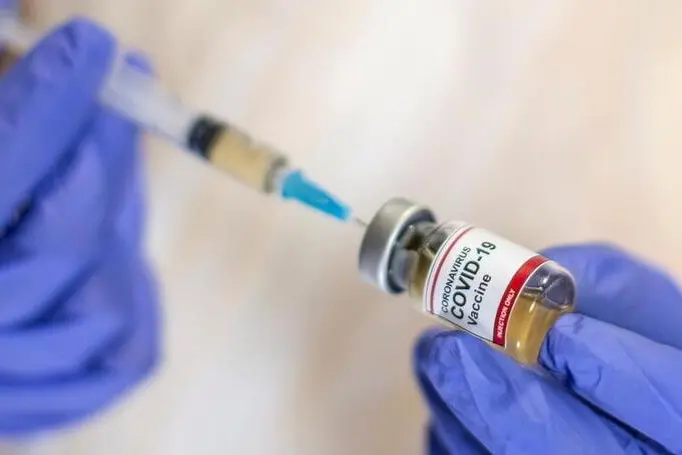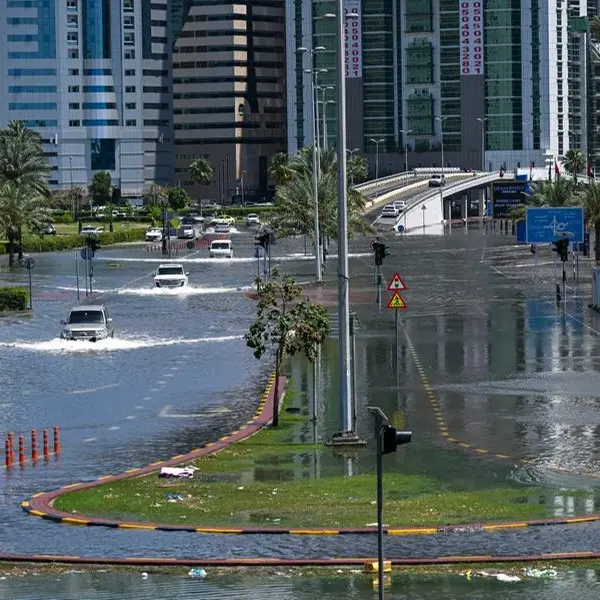PHOTO
Arthur C. Clarke, the great science-fiction writer and futurist, put it well when he said: “Any sufficiently advanced technology is indistinguishable from magic.” Indeed, the seemingly magical nature of these past few days, with the appearance of not one but two possible coronavirus (COVID-19) vaccines on the horizon, is the world’s first real cause for hope that this dreaded pestilence is at last on its way out. Dr. Anthony Fauci, the face of America’s efforts to combat the pandemic, triumphantly noted: “The vaccine is really the light at the end of the tunnel.”
The first glad tidings came with the announcement that the Pfizer/BioNTech vaccine is fully 90 percent effective in phase three advanced trials — a far higher percentage of success than anyone had dared hoped for. It relies on a new technique based on messenger RNA (mRNA), a biotech innovation that up until now had inspired great hopes (and a lot of investor interest) but far fewer practical results.
Basically, the coronavirus ensues when infected DNA — the building block of all life — sends a series of nefarious signals to individual human cells that leads to the illness. To combat the disease, the Pfizer vaccine sends mRNA to read these negative signals and instead retransmits positive signals to the cells, causing them to build up proteins found on the surface of the virus, stimulating the body’s immune system and combating the disease. The new technique, RNA therapeutics, is not intrusive, leaving DNA intact, merely changing the message the body receives.
While this amounts to a major breakthrough, there are some problems with the Pfizer vaccine, relating mainly to logistics. It must be shipped and stored at a frigid -70 degrees Celsius and can only be used at room temperature for up to five days. Given the huge distribution challenges ahead, this is far from ideal, even if it amounts to the greatest of news.
But, just days later, even better tidings were in store. The developers of the rival Moderna vaccine, which uses the same revolutionary RNA messenger technique, announced that it had an even better 95 percent efficacy rate in phase three trials, prompting hopes that several different vaccine sources could together rid us of this pestilential disease. The phase three results of the Oxford University/AstraZeneca vaccine, which uses a different technique, are expected in the coming weeks.
The Moderna vaccine has been proven to protect people over 65, those most likely to contract the disease, and to stop severe outbreaks of the illness. Even better, it is far easier to transport and store than Pfizer’s, as it is stable at normal refrigerator temperatures of 2-8 C for up to 30 days, and can be stored for months at -20 C. Moderna is confident it can manufacture 1 billon doses in 2021 (two are needed by each person), though 770 million have already been allocated for use in the US, Moderna’s home country. Large-scale Moderna production is not expected to reach Europe until April of next year.
All of this amounts to the best news for the world in a very long time; truly the beginning of the end for this horrible period of global pandemic. Yet some real caveats have to be mentioned amid all the jubilation. Distribution of the vaccines across the whole of the globe means that there will be a substantial time lag before COVID-19 is truly tamed, with more and greater personal and economic losses along the way.
It is estimated it will take until the end of next summer (August or September) before the virus is fully under control and the world can begin to breathe again and return to normal. Even then, humanity will not yet be out of the woods, as it is unclear how long the immunity the vaccines offer will last.
There are already at least three major political risk consequences of this ghastly plague. First, there will be huge macroeconomic problems ahead, as an over-reaction to the chances for death caused by COVID-19 in aggregate — measured in the whole of society, rather than merely the highly endangered elderly population — has led to a pronounced under-reaction at the chances for global depression, given prolonged and numerous lockdowns.
Second, ironically, China — the very country where the virus originated and whose bungling cover-up of its spread in its initial stages has caused such grief — has geopolitically benefited the most from the disruption, being the only major economy to grow this fateful year. The Sino-American Cold War is now a reality, with the pandemic proving to be the key factor heightening the rivalry’s growth.
But, for all the bad news for the West, the vaccine story allows for some fundamental good news. It is no coincidence that the Pfizer (US)/BioNTech (Germany), Moderna (US) and Oxford/AstraZeneca (UK) vaccines all emanate from the West. Free people have an unparalleled record in terms of technological innovation and creativity, proving themselves capable of resilience, regeneration, and resurgence over and over again. The Chinese would do well to think about this hidden, but vital, lesson of the coronavirus.
- Dr. John C. Hulsman is the president and managing partner of John C. Hulsman Enterprises, a prominent global political risk consulting firm. He is also senior columnist for City AM, the newspaper of the City of London. He can be contacted via chartwellspeakers.com.
Copyright: Arab News © 2020 All rights reserved. Provided by SyndiGate Media Inc. (Syndigate.info).












